Planting Fruit Trees in Sonoma Valley
Grow bountiful, healthy fruit trees in the North Bay
Fine grapes, crisp apples, juicy stone fruits, and velvety olives abound in Sonoma. Living here, the desire to grow your own fruit and make the bounty part of your daily life is irresistible. However, putting down roots of any kind takes some consideration.
As you regard your garden or orchard, imagining the abundance you hope to cultivate, questions arise.
What kind of fruit tree varieties would you like to grow? And then, what are the best fruit trees for Sonoma County, anyway? This is often followed by, wait a second, when is the best time to plant?
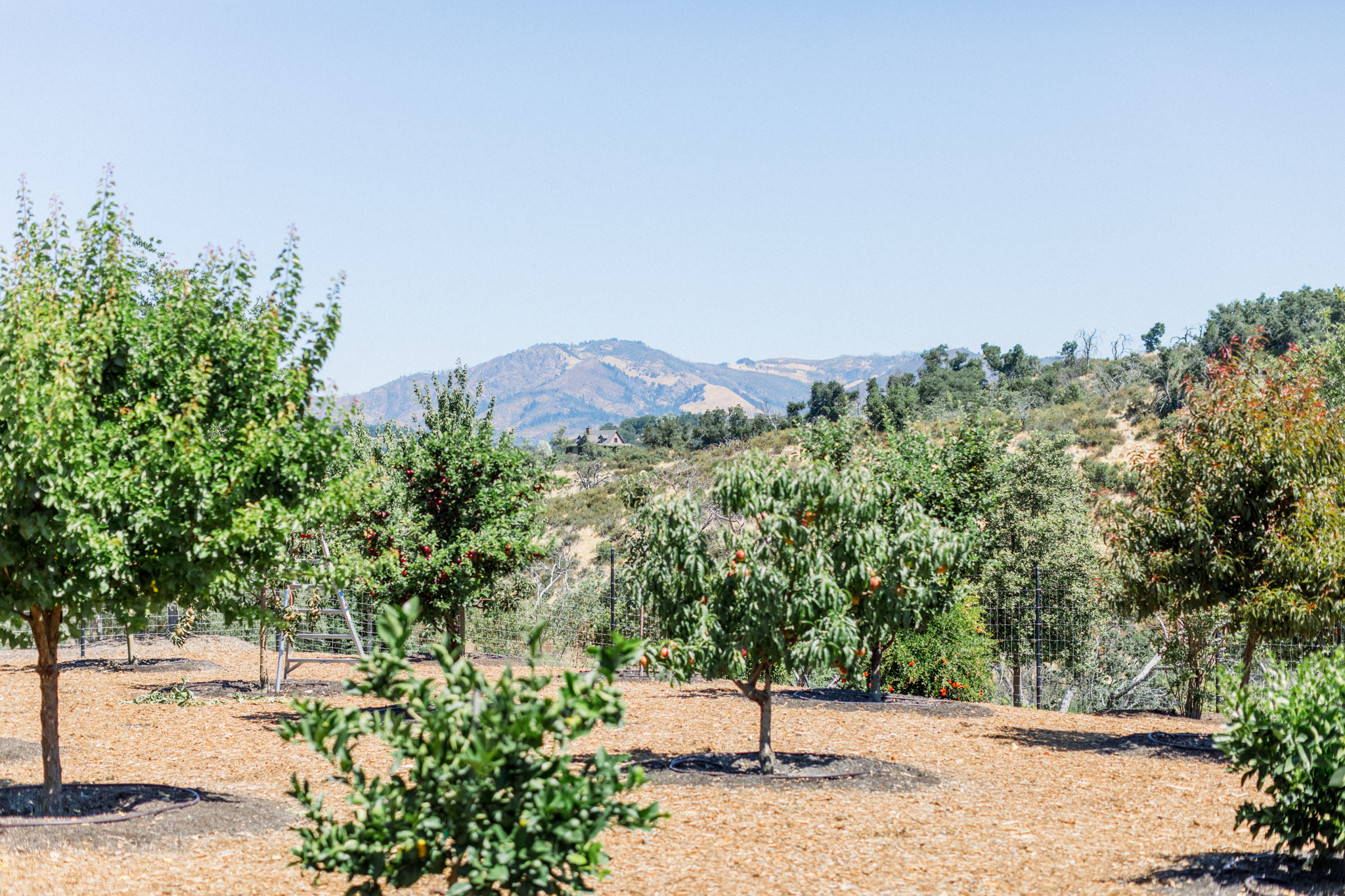
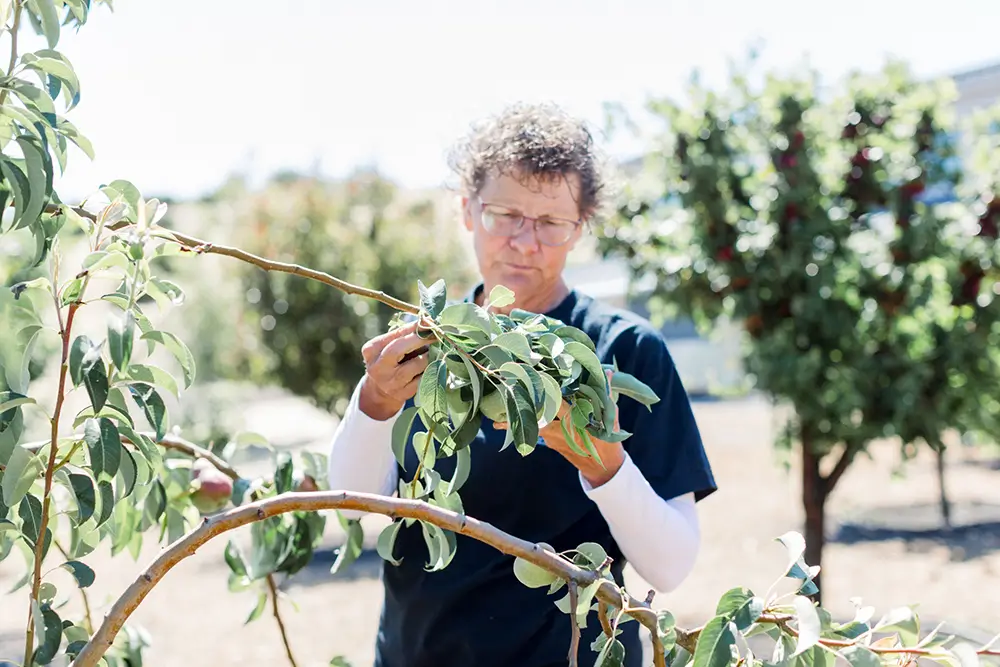
Expert Planting Advice for Sonoma County
Sonoma Pruner has spent years helping clients make informed choices about their fruit trees. From selecting varieties that thrive in Sonoma’s climate to planting and maintaining your trees, our holistic approach to fruit tree stewardship emphasizes natural methods and supporting ecological balance.
How We Help — Our Tree Planting Services
Full-Service Planting
From tree selection to expert planting, we can handle everything for you. Whether for a single tree or a full orchard, we can provide:
- Ongoing scheduled care, including fruit tree pruning, harvest, and pest mitigation.
- A la carte fruit tree maintenance.
Mentorship & Ongoing Support
We offer education and guidance so you can confidently care for your trees and enjoy abundant harvests, including:
- Troubleshooting common challenges to keep your trees healthy and productive.
- Practical advice on planting techniques, soil preparation, and tree care.
Holistic Approach
Whether you’re the steward of a single fruit tree or a large orchard, it’s not just about the health of your trees but the trees and the ecosystem supporting them. They’re a little like children—feeding them and giving them a place to live isn’t enough to thrive. To succeed, trees need wholesome nourishment, ongoing support, and the right environments.
Our approach to fruit tree planting and management looks at the whole picture:
- Organic-friendly methods and climate-conscious tree choices
- Emphasis on healthy soil.
- Choosing the right trees for the right sites, taking sunlight, water access, tree spacing, and wind protection into consideration
- Ongoing fruit tree maintenance, including seasonal safeguards, pruning, harvesting, and ecologically sound and effective pest mitigation
What to Expect During Your Consultation
We’ll discuss your planting goals and evaluate your soil, topography, and plant hardiness zone. Using that information, we’ll offer fruit tree planting and maintenance recommendations.
Choosing & Planting Fruit Trees in Sonoma Valley
Selecting and planting the right fruit trees at the ideal time sets them up for success. Below, we explore key considerations for growing fruit trees in Sonoma Valley, from choosing between bare-root and potted trees to selecting varieties that thrive in our unique climate.
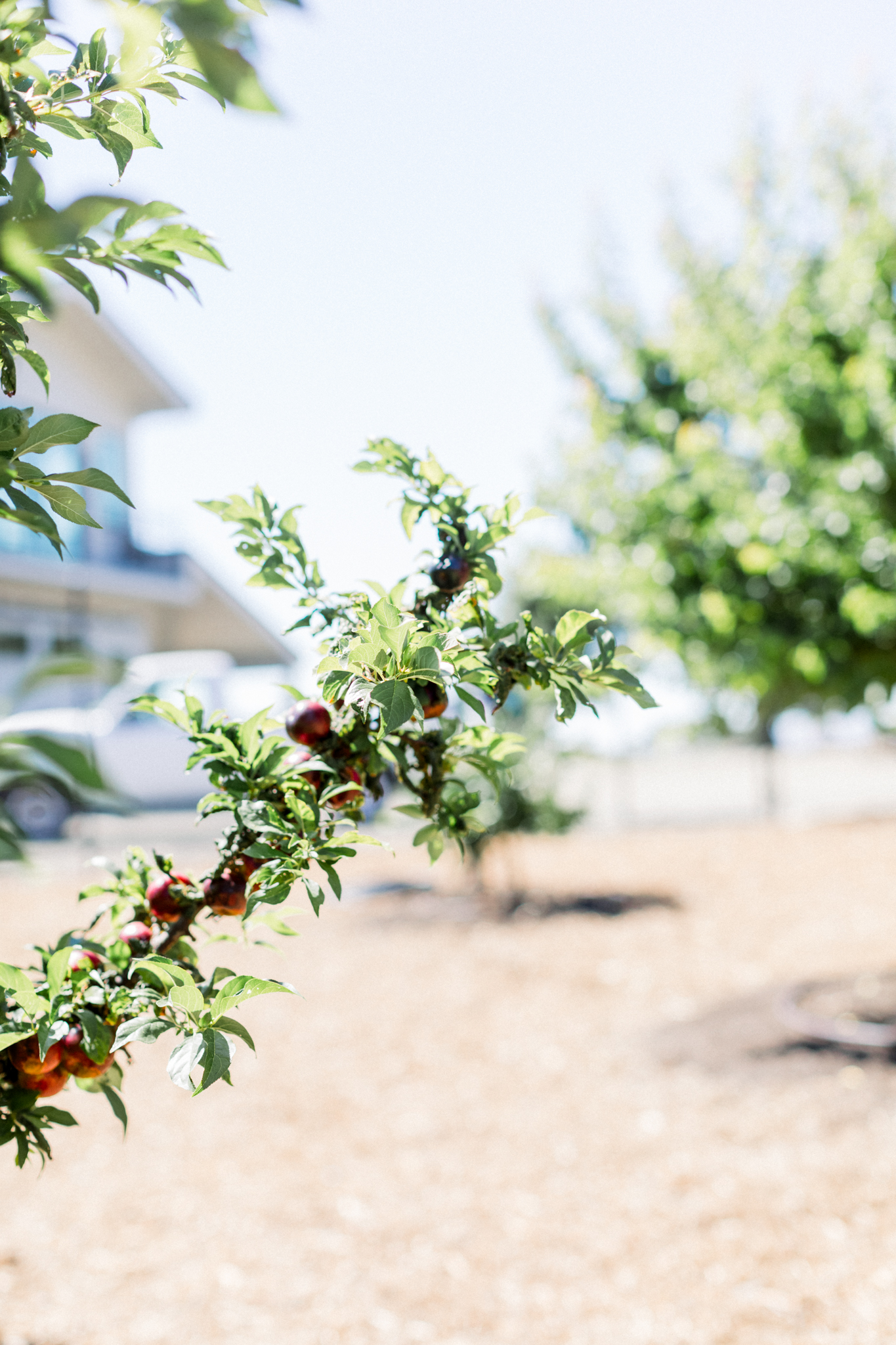
Transplanting Potted Trees Successfully
When moving a potted tree into the ground, proper technique encourages strong root establishment. Loosen the roots, dig a wide planting hole, and water deeply to support the tree as it adjusts to its new environment. If gophers share your property, a little extra protection can go a long way. Use a gopher basket or wrap the root ball in ¼-inch fine mesh fencing to help preserve your tree’s roots.
Potted vs. Bare-Root Fruit Trees: Which is Best?
When starting your orchard, one of the first decisions is whether to plant bare-root or potted fruit trees. Each has its advantages, depending on your timeline, budget, and planting goals.
Bare-Root Fruit Trees
Bare-root trees are cost-effective, lightweight, and easy to plant during their dormant season. Without soil around their roots, they establish quickly when planted at the right time.
- Best for: Winter and early spring planting—keep in mind that bare roots can only be found in winter
- Pros: More affordable, easier to transport, and develop strong root systems in native soil
- Cons: Limited planting window—must be planted while dormant
Potted Fruit Trees
Potted fruit trees offer more flexibility, allowing you to plant just about any time of year, although it’s best to avoid doing so in the summer months. They’re an excellent choice if you want an immediate impact in your garden, but they require more watering and care in the first year.
Since its roots can only grow so much, a potted tree also has limitations to its size. Keeping it pruned will help to a certain degree, so it’s best to select a dwarf variety that is less likely to outgrow its container.
- Best for: Year-round planting (with proper care)
- Pros: Convenient, great for instant landscaping, and ideal for staggered planting
- Cons: Often more expensive and may need extra attention during establishment
Bare Root or Potted Fruit Trees: Which Should You Choose?
Not sure which is right for you? During your consultation, we’ll help you select the best option based on your site conditions, climate, and goals.
The Unique Challenges & Benefits of Planting in Sonoma
The rich agricultural tradition of The Valley of the Moon is a testament to its ideal growing conditions. However, planting fruit trees that prosper requires understanding the region’s unique challenges and opportunities.
Soil Considerations & Preparation
The foundation of any productive orchard starts with the earth. Healthy soil gives fruit trees the nutrients, stability, and drainage they need to establish strong root systems and produce abundant harvests. Healthy soil provides fruit trees with the nutrients, stability, and drainage they need to establish strong root systems and produce abundant harvests.
To promote happy, thriving trees, Sonoma Pruner applies soil amendments to the top layer of soil, creating a wide nutrient-rich ring around the root system. However, we do not add amendments directly into the planting hole itself—we let nature take its course, allowing the roots to establish naturally in their environment.
Sonoma Valley’s diverse soil types range from well-draining sandy loam to heavy clay, each requiring tailored care:
A little preparation goes a long way toward ensuring your trees get the best possible start. During your consultation, we’ll assess your soil and recommend the best approach.
- Soil Amendments: To boost fertility, enrich depleted soil with organic compost, bone meal, gypsum, or well-rotted manure.
- Drainage: Poorly draining soil can lead to the dreaded root rot. In these cases, raised beds or mounds can help
A little preparation goes a long way toward ensuring your trees get the best possible start. During your consultation, we’ll assess your soil and recommend the best approach.
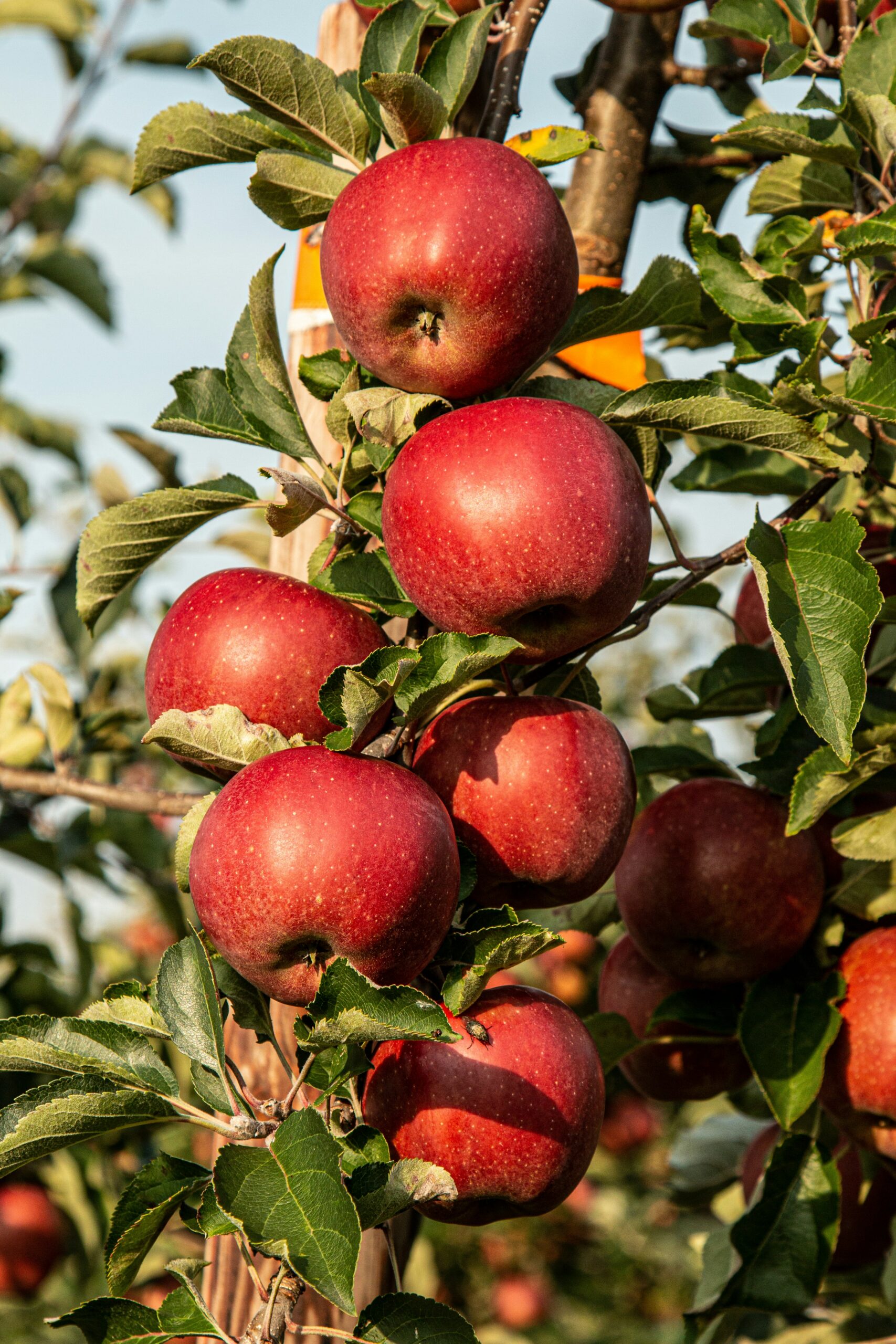
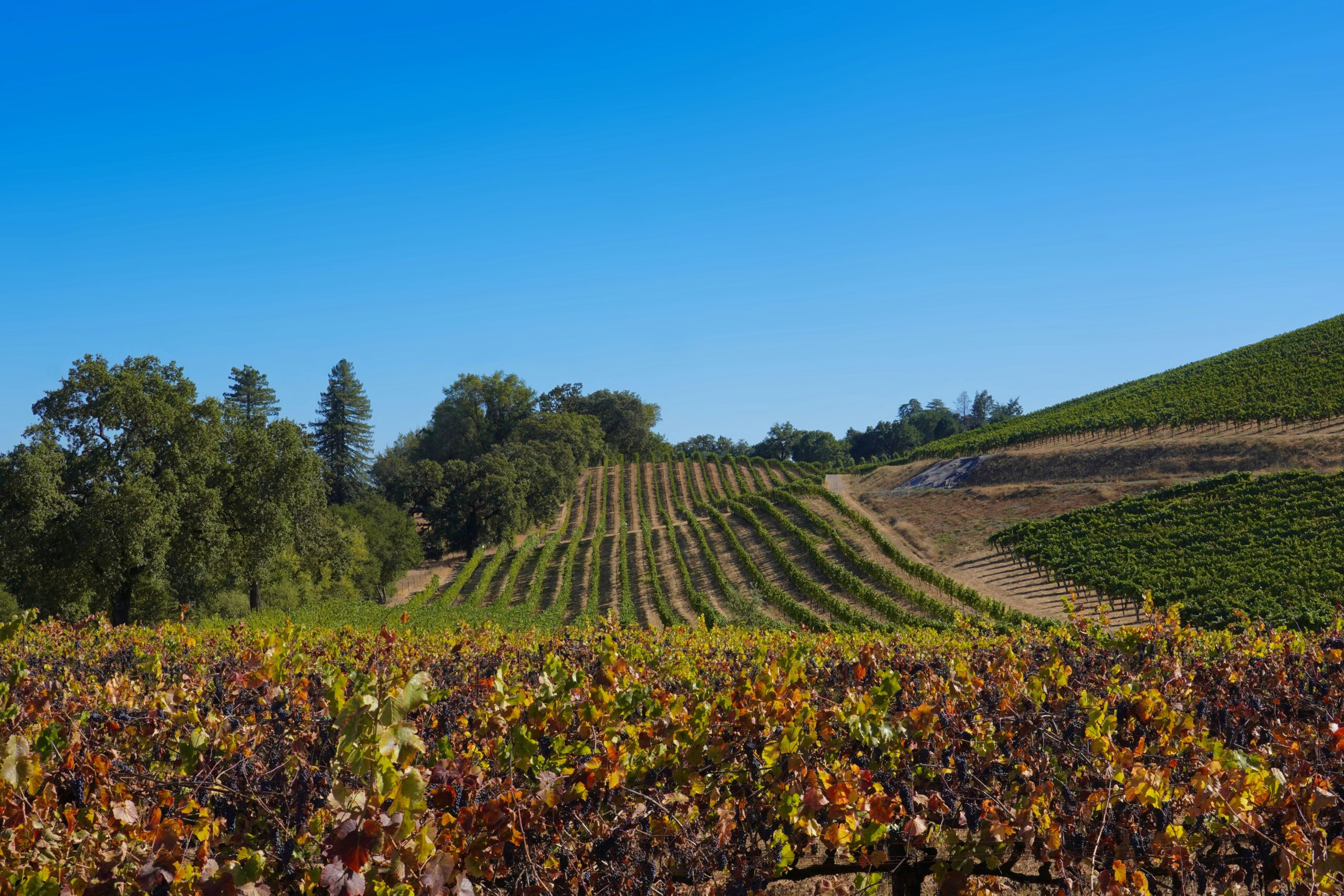
Topography & Microclimates
One of the most unique aspects of Sonoma Valley is its microclimates. The valley’s diverse terrain creates dramatic variations in sun exposure, wind patterns, and frost pockets—even between neighboring properties! When planting fruit trees, these factors are crucial in selecting the best location for optimal growth.
The following are key microclimate factors to consider:
- Frost Pockets: Low-lying areas may need cold-hardy varieties or strategic placement near structures for warmth. This is a particular consideration for citrus trees.
- Wind Exposure: Windbreaks or selecting naturally wind-resistant trees can improve growth and yield.
- Water Access & Irrigation: Well-planned irrigation promotes healthy root development, especially during dry summers.
Choosing the Right Fruit Trees for Sonoma Valley
Sonoma Valley’s Mediterranean climate creates the perfect environment for many fruit trees, but not all varieties thrive equally. To foster flourishing fruit trees—whether in a backyard or a full orchard—it’s essential to consider your soil, sun exposure, and seasonal conditions when selecting what to plant.
The Best Fruit Trees for Sonoma’s Climate
Sonoma Valley’s Mediterranean climate creates the perfect environment for many fruit trees, but not all varieties thrive equally. To foster flourishing fruit trees—whether in a backyard or a full orchard—it’s essential to consider your soil, sun exposure, and seasonal conditions when selecting what to plant.
When selecting fruit trees, the region’s unique climate is a major consideration. Some trees require full sun, others tolerate cooler microclimates, and all have specific needs for water, warmth, and chill hours—the number of cold hours needed for them to blossom. However, in order to blossom, all fruit trees actually need a certain amount of chill hours.
Each variety has different chill hour requirements, which are usually listed on the tag at purchase. During your consultation, we’ll evaluate your property’s microclimate and recommend the best fruit trees for your conditions.
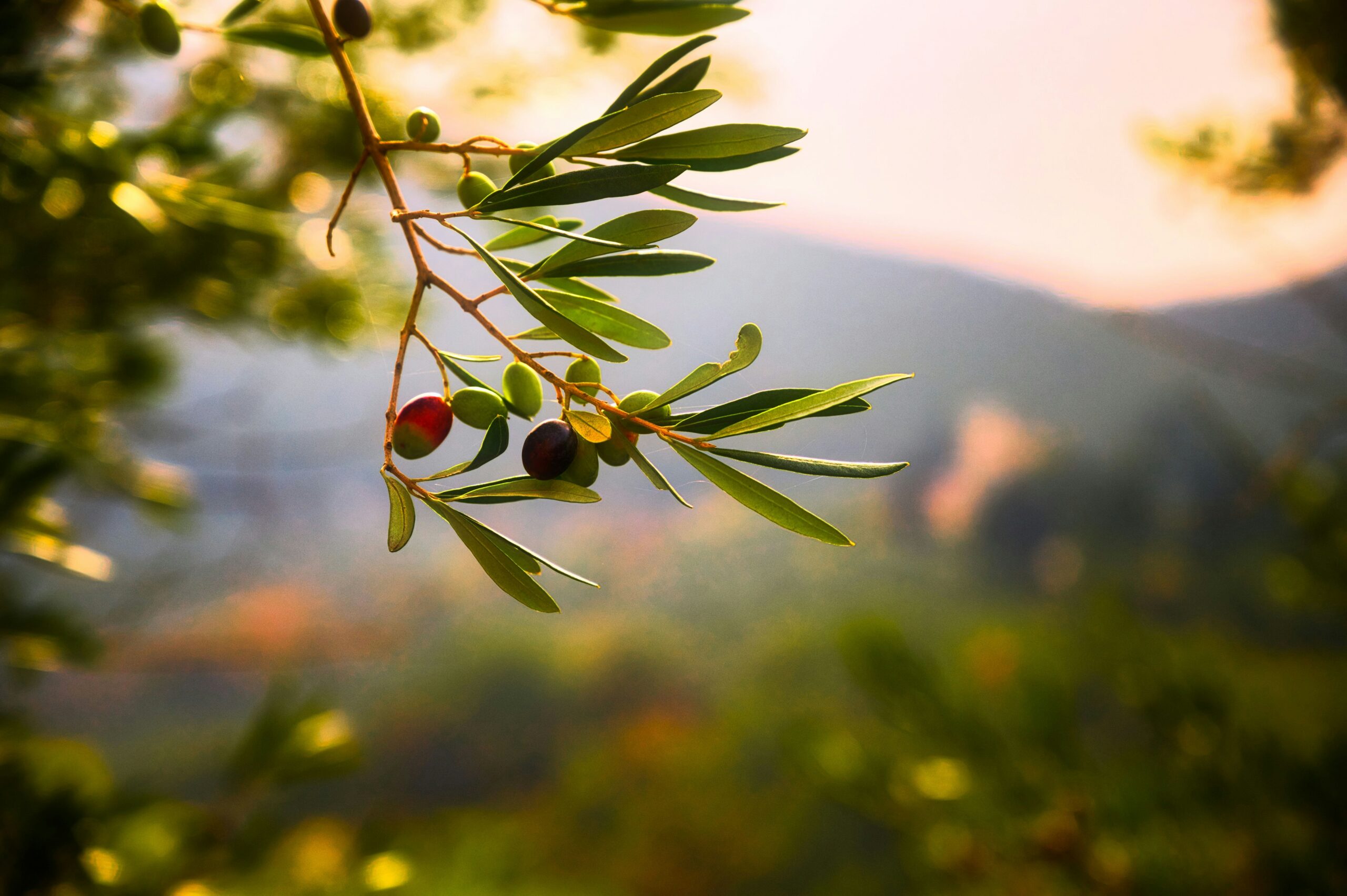
Stone Fruit
Apple & Pear
Citrus:
Sonoma County’s warm summers are ripe for growing tangerines, mandarins, and limes. These sun-loving trees prefer frost-free zones and well-drained soil. For best results, plant citrus close to your house or a structure.
Fig, Pomegranate & Persimmon
Olive
Avocado
Grow Thriving Fruit Trees in Sonoma—With Expert Help
Planting fruit trees is more than just putting roots in the ground—it’s about laying the foundation for them to thrive. Whether you’re adding a single tree to your backyard or cultivating an orchard, the right approach makes all the difference. With expert guidance from Sonoma Pruner, you’ll plant with confidence, knowing your trees have the best start possible.
Ready to grow?
Sonoma Fruit Tree Planting FAQ
What’s the best time to plant fruit trees in Sonoma Valley?
Late fall through early spring for bare-root trees; potted trees can be planted year-round.
Do I need more than one tree?
Some fruit trees require a pollination partner, while others are self-fruitful. If space is limited, grafting—adding multiple fruit varieties onto a single tree—can be an option.
Additionally, while bare-root trees are only available in winter, potted trees can be planted year-round—but we don’t recommend planting in peak summer, as the heat can be stressful for young trees.
We’ll help you choose the best option for your space and goals, ensuring your trees have the best chance to thrive.
